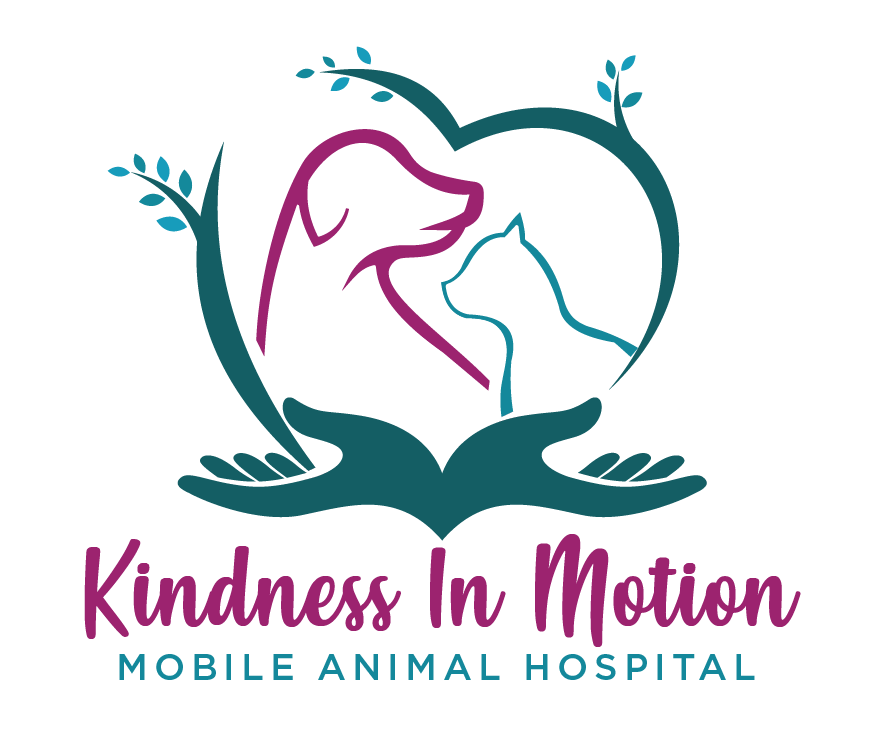What is Pet Hospice and Palliative Care?
Palliative care and hospice care are two separate concepts, though they are used interchangeably because of their significant overlap. Palliation is defined as relieving or soothing the symptoms of a disease or disorder at any stage of an illness. Animal palliative care guides an animal’s caregiver in making plans for living well, based on the animal’s needs and on the caregiver’s concerns and goals for care. It also provides emotional and spiritual support and guidance. Palliative care is of special significance in the context of terminal illness and end-of-life care. Research has shown that palliative care expedites recovery from illness, making it important during efforts to cure a patient’s illness as well.
Hospice care originates from concerns about the poor quality of life for terminally ill and dying patients by human healthcare systems during the mid-late 20th century. It has evolved over the past few decades to provide palliative care not only for the imminently dying, but also for patients for whom a cure is no longer possible and whose condition has become advanced, progressive, and incurable. Pet hospice care is about giving patients and caregivers control, dignity, and comfort during the time they have remaining to live. Importantly, hospice care offers spiritual support to patients and accommodates their beliefs about death and about afterlife as much as possible.
Animal hospice has its origins in human hospice care philosophy, and though they are very similar, some key differences can be appreciated. The human hospice frequently refers to the phrase “neither hasten nor postpone death” as a guiding principle. Comfort care to relieve pain, anxiety, and other symptoms is provided, but life-prolonging measures such as CPR are avoided when they do not contribute to the patient’s quality of life. In animal hospice, humane euthanasia is a legal and widely accepted option for relieving suffering.
Simply put, animal hospice is care focused on meeting the needs of pets and their families during the final stages of an incurable disease. Our goal is to keep your animal companion comfortable while maintaining your bond. Hospice care fills the gap to help you start the grieving process and enjoy peaceful moments at home with your companion. Hospice care is proven to increase both the quality and duration of life after a terminal diagnosis has been made. Pets are able to spend time with their families, in their homes, either until their natural passing or until a decision to euthanize has been made.
A full hospice consultation ($450) with our doctor includes:
In-home consultation (1-2 hours)
10% discount on all future services for the pet
10 minute mini acupuncture session - upon request
3 FREE virtual follow up visits
Preparation for end-of-life decisions
Pain recognition and management
Nutrition management
Wound care/comfort management
Fluid therapy if indicated
Information on the euthanasia process
The Hospice Team
The provision of care by an interdisciplinary team is a central tenet in palliative care and hospice philosophy and organization. Supervision by veterinarians with expertise in palliative and end-of-life care is paramount to ensure that the most effective, compassionate, and ethical medical treatments are provided to animals receiving hospice care. Goals of care should be defined and developed by the animal’s caregivers in collaboration with the attending veterinarian. Participation of expert non-veterinary animal hospice team members can help address the complex needs of animal hospice patients and their caregivers.
The Hospice Team includes core members of a veterinarian, a veterinary technician, and mental health professionals.
Other Team members may also include:
Chaplains
Pharmacists
Massage Therapists
Community Volunteers
Veterinary assistants
Pet Crematory/Cemetery Staff
Pet Sitters
Alternative therapy providers
Our practice staff include a veterinarian, veterinary technician, veterinary assistant, and licensed counselor. Get to know us on our Team page.
Thank you to the IAAHPC. Material from this page was taken from the 2017 Guidelines.

